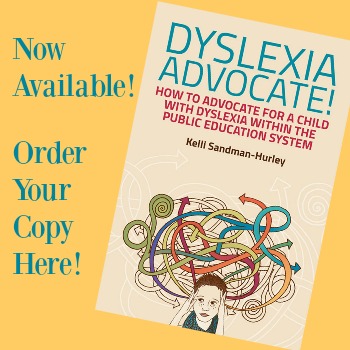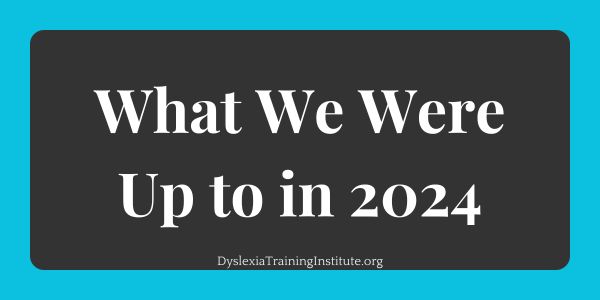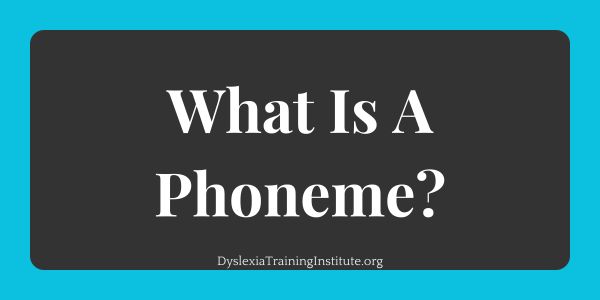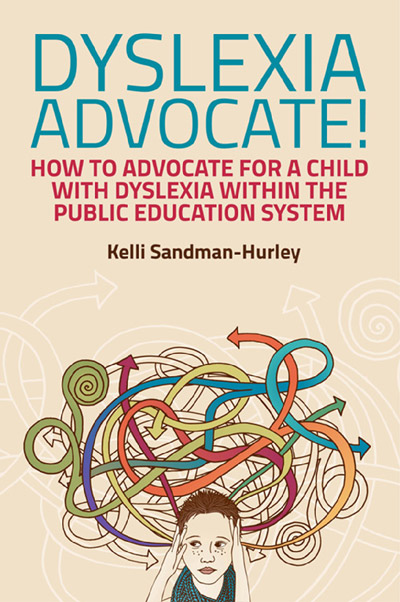Download the PDF of this article here.
No Such Thing As Sight Words?
What would you think if I told you there is no such thing as a sight word? For example, think about the word <sign>. What happens when you add the suffix <-al>? It becomes the word <signal> and the <g> suddenly makes sense because now it represents a phoneme. So the <g> in <sign> is in there to mark its connection to the words: signal, signature, designate and so on. This is a true word family.
The word does is simply <do> + <es> like <goes> is <go> + <es>, the way we pronounce a word changes, but the way we spell it does not. The word been is <be> + <en> just like <being> is <be> + <ing>. The <w> in the word <two> is there to mark its relationship to twice, twin, between, twenty, twilight and so many more. The word <the> has a schwa at the end because is usually an unaccented syllable, and when you do accent the syllable then you do hear the <e>. And yes, very little children love this logic. Speaking of love, did you know that an English word cannot end in <v>, which is why <love>, <have>, <glove> and several others are spelled with <e> in addition to the fact that ancient scribes could not write an <u> and <v> next to each other without it looking like a <w>, which is another reason the <o> is in <love> and <glove>. The word <come> is spelled with an <e> to mark its relationship to <came> and in scribal times they could not use a <u> next to an <m> or it would look like the same letter. Interested?
Here are Steps to Teaching Words that Don’t Appear to Make Sense
- First, there needs to be a conversation about what the word means. We have to instill in our students that our written language is based on meaning, in addition to phonology. So, to have a student ‘sound out’ a word, in many instances, will not work, and we brand those words ‘sight words’. Let’s use the word <people> to illustrate how to teach so-called ‘sight words’.
- After the discussion about the meaning of <people> and a consensus has been reached regarding the meaning, it’s time to check out the history, etymology, of the word at www.etymonline.com. There you will learn that the word <people> is derived from the Latin <populous>. This is a great opportunity to talk about how many English words started as Latin words. Now it’s time for the students to pose a hypothesis, with some guidance of course, ‘Is it possible that the <o> in <people> is there to mark its connection to <populous> or <population>’? It is certainly plausible since they share meaning. Low and behold, a quick trip to Etymonline and the word <population> confirms that <people> is related to <population>. Aha! That is why that pesky <o> is in the word <people>, it’s not crazy at all. The <o> is called an etymological marker and yes, our students do understand this terminology and we use it often.
- Now that the students understand the spelling of <people> they are more likely to spell it correctly and also be able to pronounce (read) it as well. Now they can invoke what they know about phonology and pronounce it /pe pǝl/.
- Lastly when a student comes across a ‘sight word’, or a word that they cannot remember how to spell or pronounce (read), they now know how to investigate the word to understand not only that particular word, but English orthography.
Let’s revisit the word <sign> and take a look visual representation to illustrate how to teach a student about true word families and how the pronunciation of a word can shift based on its morphological parts. It is important to allow the students to notice the phonological shifts and announce them to you. This matrix was created for free at: http://www.neilramsden.co.uk/spelling/matrix/

The students can also build word sums with the base <sign>. While they create these word sums, they announce each letter (not pronouncing the word) and when they get to the process arrow, they announce that the word is ‘rewritten as’ and they write the word as a whole. Below are three word sums of many from the matrix above.
sign + al = sign
sign + ate + ure = signature
de + sign + ate = designate
Students find it refreshing when they learn that English is not crazy. They light up when they finally understand that English is an evolutionary language that has evolved over time and that words that seem ‘crazy’ are not crazy at all, but they have to investigate to understand how a word came to be spelled in its current iteration. This is just the tip of the iceberg and there is so much more we can share with our students.
Here is a great video to kick off this type of instruction (Structured Word Inquiry). Enjoy the journey you and your students are about to take:







Wow! I love this! I’ve never heard of looking up etymologies for sight words before, but it makes total sense. I already used this today with one of my tutoring students. You’re right. Students feel much more at ease knowing there’s a rhyme and reason for everything. It just makes sense, at least for kids with dyslexia.
I would love to know more on this subject. This article is so easy to understand, however etymologies often are not. Can you please sight some more sources. I would like to know more about those spelling rules.
What a fantastic article. Helping students recognize that English isn’t full of crazy, irregular words is empowering. I work with a second grader right now who recently asked, “Why did they put ‘happy’ on the sight word list? It makes no sense!”
Quick question — I’ve been teaching “of” as a sight word, but perhaps I need to mend my ways. Do we spell “of” the way we do because it’s unaccented and we never put a at the end of a word?
Thank you for explaining this so clearly. I can’t wait to try this with my kids!
I don’t know about you but I sound out the word “of” every time, 29 years after learning how to read…. it still messes with me when I think it should be “ov”, I mean it’s not “off” without an “f”… or is it… I think when I learned to read that might have been a distinction (one v.s two “f” characters) but I could still sound it out. 😉
I know the letters “f” and “v” are related, thought not entirely sure how at the moment. It could be that at one point “of” was pronounced the way it looks, with a “f” sound as opposed to a “v” sound.
What great information! As someone who diagnoses dyslexia, I love learning ways to make more sense of the English language. So fascinating!
I would love to see a goal relating to this on my fifth grade daughter’s IEP… I know the school will not be adding that without some encouragement drone me. How would that be worded?
Folks interested in additional resources may be interested in LEX’s InSight Words:
http://linguisteducatorexchange.com/lex-store/lex-insight-words/
This belief that all words are logical is unfair to children. Many so called sight words have intangible meanings that most adults cannot identify. What does ‘the’ mean? What does ‘of’ mean? But the worst problem is that they hAve multiple pronunciations. For example, the word ‘the’ is sometimes pronounced thuh and sometimes thee. Most teachers have no idea why and never address it. The word ‘have’ has even more pronunciations. I hav one. You should uh gotten one. You could uv gone. You haf to go. Multiple pronunciations of the same word make it hard for kids to even know that they’re the same word and when we tell them to sound it out we only frustrate them.
I am very encouraged by this article. Long before I had my dyslexic son and began to teach him to read, I taught German at a public university, and I wished that my students had had some general linguistics instruction before attempting a foreign language. The role of historical and descriptive linguistics in understanding modern languages is underscored by your article here. As I said, I am encouraged and will apply more of these types of explanations as I tutor my dyslexic son in reading and writing.
This is a wonderful book. My mother taught 3rd grade from early ’60’s through 1990. This is how I remember learning words back then. We wrote pages of family words. I tried to do some of this with my children because I saw they weren’t teaching in their school. It is so nice to know that this idea is still out there. People want to change, take away, so many ways we use to learn that were good. I just don’t understand. Can’t we all agree that each of us learns differently and need the chance to be exposed to as many ways as possible to learn the best we can.
Do you have a spelling curriculum? Most schools do not offer this kind of curriculum. Even if teachers think it’s great, thet won’t do it if they have to come up with their own curriculum? Or do you know of a good one? Thanks!